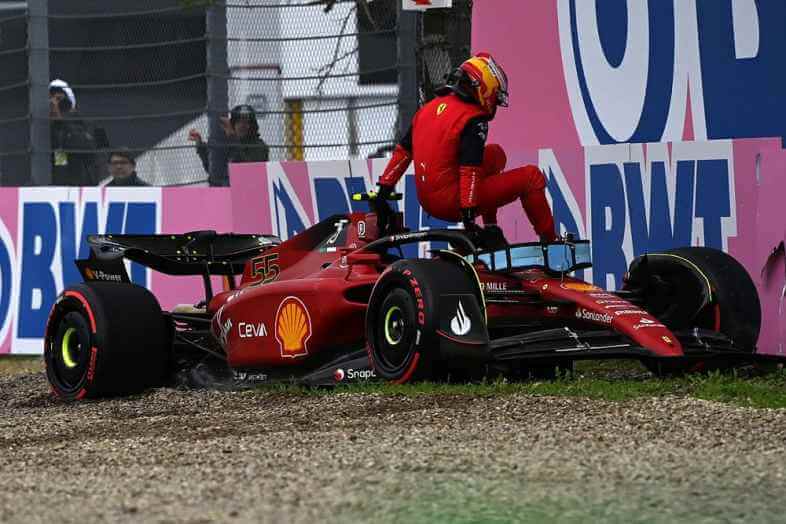F1 is full with crashes, however what occurs after one? How are the driving force and car examined?
You’re a Formula One driver who was lately wrecked throughout qualifying. After a small error ends in a journey throughout the kitty litter and into the barrier, you’ll begin the race in P10.
You’re removed from the pits, and your automobile is ruined.
What Happens in F1 after a Crash?
First and foremost, following an F1 incident, the crew will inquire as to if the driving force is okay or damage.
The driver will climb out of the automobile – or what’s left of it – if they’re in a position, and will probably be approached by marshals or the FIA physician.
If an accident registers greater than 15g, the sufferer will probably be despatched to the medical heart for a traditional examination.
The motorist is typically despatched straight to the hospital for an x-ray or remedy.
READ RELATED: Susan Michie claims Tories will ‘sit on their hands’ and ‘let Covid rip’ as cases set to hit 350,000
For instance, after a 51g shunt at Silverstone in 2021, Max Verstappen was dropped at the hospital. While Romain Grosjean was airlifted to the hospital after a fiery crash on the 2020 Bahrain Grand Prix.
If the driving force is damage in a low-speed collision, they’ll simply look ahead to a trip again to the pits.
They can then inform the crew what occurred within the accident and the way badly the automobile was broken.

Where does that go away the automobile?
If the automobile can’t be pushed again by the driving force, marshals will put it behind a barrier. It will stay till the top of the session.
If there’s a main collision and the session is red-flagged, a crane or tractor will probably be introduced onto the monitor to help within the removing of the automobile and particles.
After that, it will likely be loaded onto a low-loader and despatched again to the pits.
This can take a very long time, limiting a crew’s capability to restore the harm and return the automobile to the monitor for the following session-or start accumulating substitute components.






